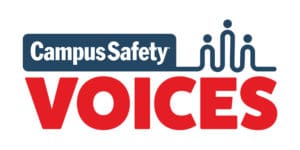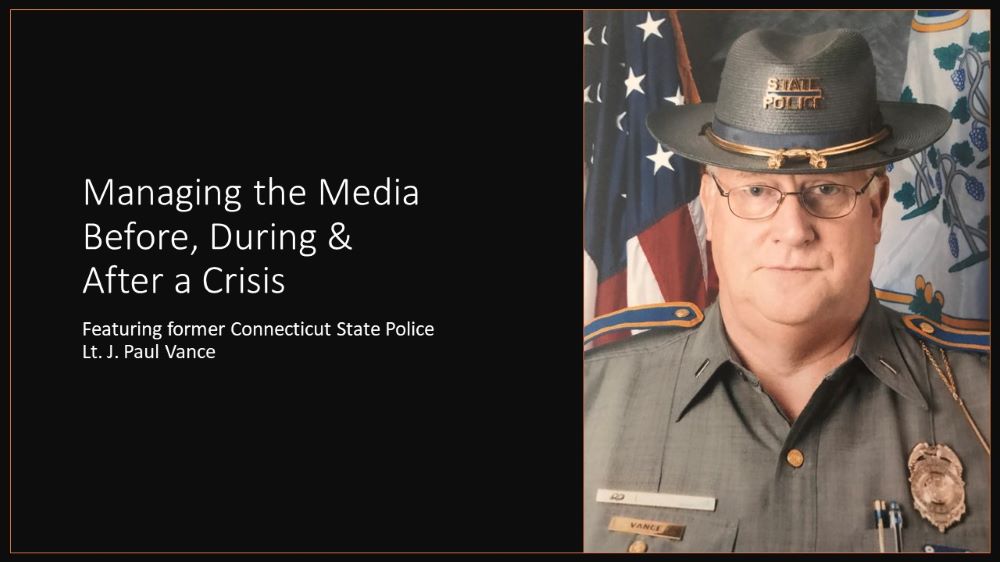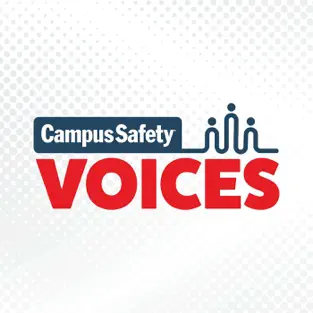When an emergency happens, the news media can be a campus public safety department’s best friend or biggest foe. It all depends on how the department, campus or district as a whole works with them, be they from a local or national TV network, print publication, online publication, or social media.

Campus Safety Voices, available on Spotify and Apple streaming platforms, features timely conversations on a wide range of topics affecting K-12 schools, institutions of higher education, and healthcare facilities.
No one knows that better than J. Paul Vance, who served for 43 years with the Connecticut State Police. He was responsible for his department’s news media relations during the aftermath of the 2012 Sandy Hook Elementary School mass shooting.
In this interview, Lt. Vance offers valuable tips on how campus and district public safety departments can effectively work with the news media so that as much information as possible can be released about a crisis without jeopardizing security or an investigation. He urges school and college public safety departments to put themselves in the shoes of parents, other family members, friends, and the general public when a crisis happens at your facility.
“They want to know what’s going on, and you’ve got to provide that information to them,” he says.
Specifically, he addresses the following topics:
- Why it’s so important for campuses/districts to have good media management strategies for emergencies: 1:59
- The biggest mistakes a school district or college campus can make in their attempts to manage the media during a crisis: 4:24
- The most important practices schools and colleges must adopt in their emergency/crisis communications strategies: 7:32









